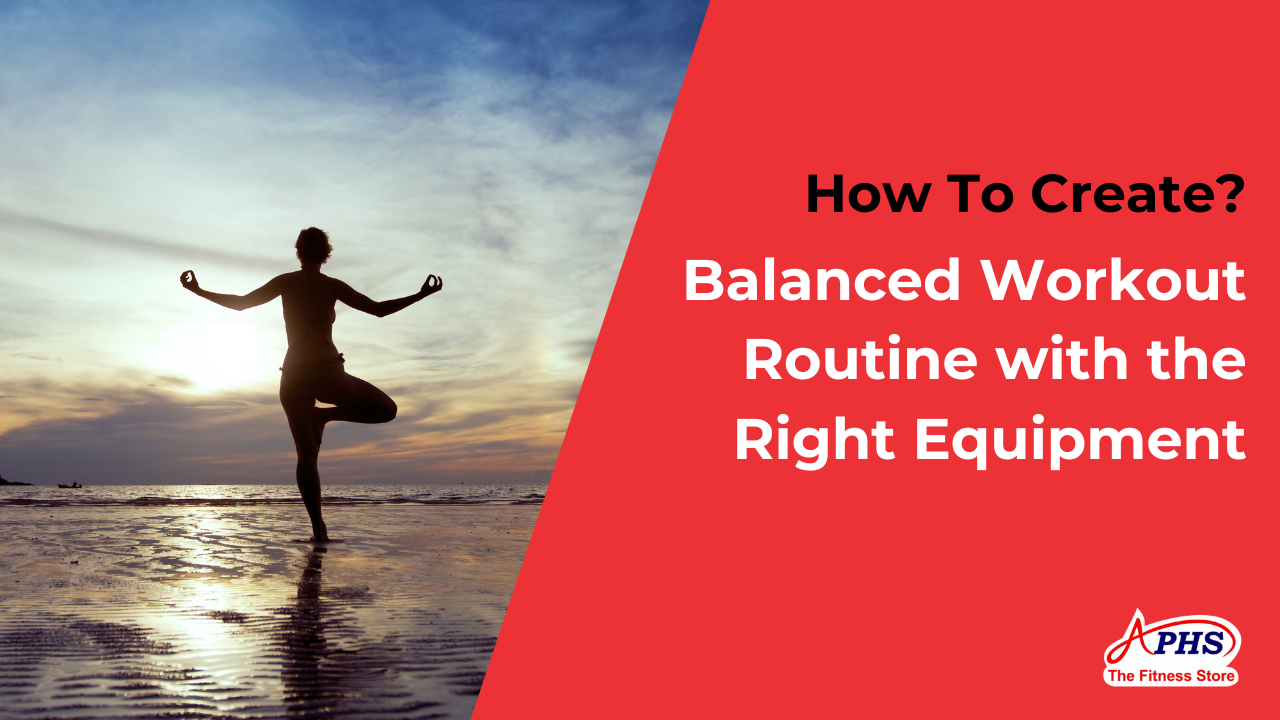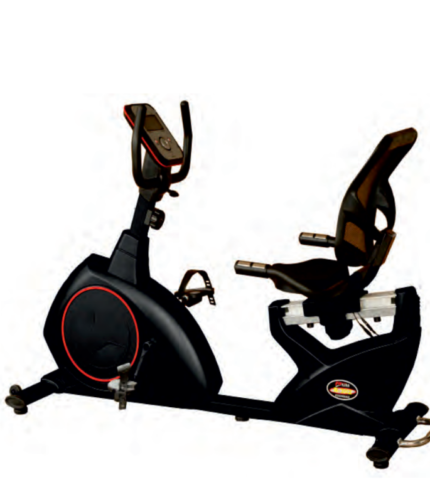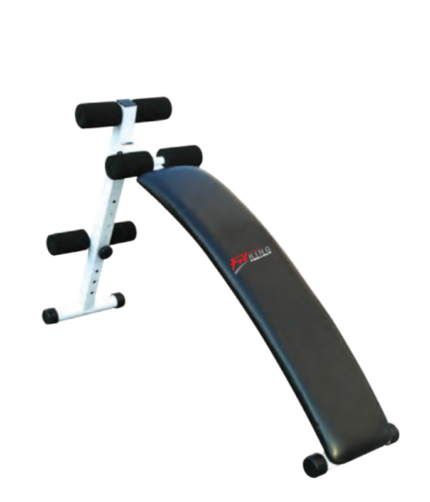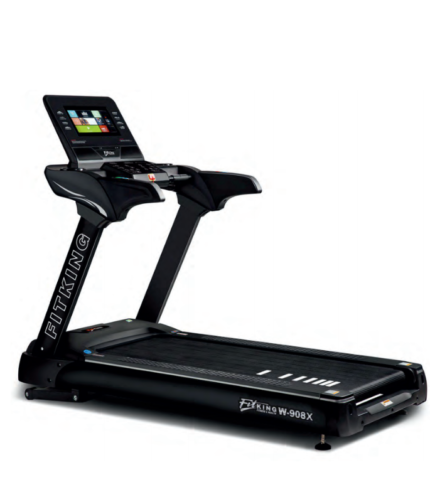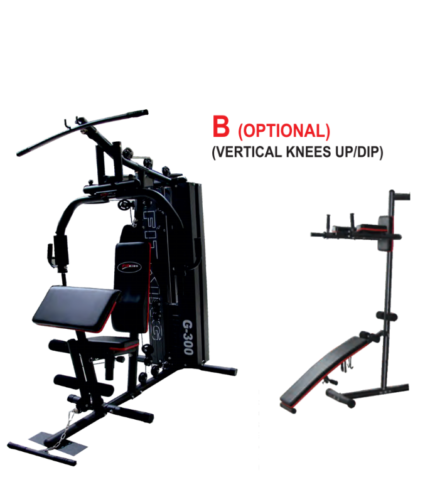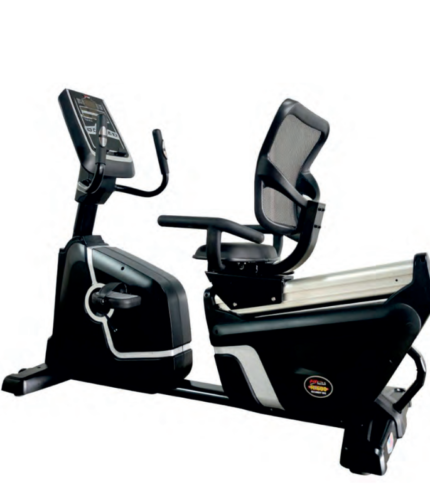In today’s fast-paced world, maintaining a balanced workout routine is essential for overall health and fitness. A well-rounded regimen should include strength training, cardiovascular exercise, and flexibility workouts. Each component plays a crucial role in enhancing physical capabilities, improving mental health, and reducing the risk of injury. This blog will guide you through creating a balanced workout routine tailored to your needs while highlighting the right equipment to support your journey.
Understanding the Components of a Balanced Workout
A balanced workout routine can be likened to a three-legged stool, where each leg represents strength, cardio, and flexibility. Neglecting any one aspect can lead to imbalances and increased injury risk.
- Strength Training
Strength training involves using resistance to challenge your muscles. It builds muscle mass, increases bone density, and enhances metabolic rate. Whether you are lifting weights or using resistance bands, strength training should be incorporated at least twice a week.
Equipment Suggestions:
- Free Weights: Dumbbells and kettlebells are versatile options that allow for a range of exercises targeting different muscle groups.
- Resistance Bands: These are great for beginners and can be used for various exercises without taking up much space.
- Weight Machines: Ideal for isolating specific muscle groups and ensuring proper form.
- Cardiovascular Exercise
Cardio workouts improve heart health, boost endurance, and aid in weight management. Engaging in aerobic activities enhances lung capacity and overall energy levels.
Equipment Suggestions:
- Treadmills: Great for running or walking indoors, allowing users to control speed and incline.
- Stationary Bikes: A low-impact option that strengthens leg muscles while providing an effective cardio workout.
- Rowing Machines: These offer a full-body workout that engages both upper and lower body muscles.
- Flexibility Workouts
Flexibility exercises help maintain joint health, improve posture, and enhance athletic performance. Incorporating stretching or yoga into your routine can prevent injuries associated with tight muscles.
Equipment Suggestions:
- Yoga Mats: Essential for practicing yoga or stretching routines comfortably.
- Foam Rollers: Useful for self-myofascial release, helping to alleviate muscle tightness.
- Stretch Straps: These can assist in deepening stretches and improving flexibility.
Designing Your Balanced Workout Routine
Creating a balanced workout routine involves considering your fitness goals, current fitness level, available time, and personal preferences. Here’s how to structure your routine effectively:
- Set Clear Goals
Define what you want to achieve with your fitness program—whether it’s weight loss, muscle gain, improved endurance, or overall health. Setting specific, measurable goals will guide your workout choices. - Assess Your Current Fitness Level
Before starting any new exercise program, assess your current fitness level to determine where to begin. This could involve performing basic exercises to gauge strength and endurance or consulting with a fitness professional. - Create a Weekly Schedule
Plan your workouts throughout the week to ensure you’re incorporating all three components of fitness:- Strength Training: Aim for at least two sessions per week focusing on all major muscle groups.
- Cardio Workouts: Include 150 minutes of moderate-intensity or 75 minutes of vigorous-intensity cardio each week.
- Flexibility Exercises: Dedicate time at the end of each workout for stretching or engage in dedicated flexibility sessions 2-3 times per week.
- Incorporate Variety
To prevent boredom and keep your body challenged, mix up your workouts. This could involve alternating between different types of cardio (e.g., cycling vs. running) or varying strength training exercises (e.g., free weights vs. machines). - Listen to Your Body
Pay attention to how your body responds to workouts. If you experience pain or discomfort beyond typical soreness, it may be necessary to adjust your routine or consult a professional.
Sample Balanced Workout Routine
Here’s an example of how you might structure a balanced weekly workout plan:
- Monday: Strength Training
- Squats: 3 sets of 10-12 reps
- Push-ups: 3 sets of 8-10 reps
- Bent-over Rows (with dumbbells): 3 sets of 10-12 reps
- Plank: 3 sets of 30-60 seconds
- Tuesday: Cardio
- 30 minutes on the treadmill (mixing jogging with walking)
- Wednesday: Flexibility
- Yoga session focusing on stretching major muscle groups
- Thursday: Strength Training
- Deadlifts: 3 sets of 10 reps
- Shoulder Press (with dumbbells): 3 sets of 10-12 reps
- Lunges: 3 sets of 10 reps per leg
- Bicycle Crunches: 3 sets of 15 reps
- Friday: Cardio
- Cycling for 30 minutes at moderate intensity
- Saturday: Active Recovery
- Light walking or recreational activities
- Sunday: Rest Day
Tips for Choosing the Right Equipment
When selecting equipment for your balanced workout routine, consider the following:
- Space Availability
Assess how much space you have at home or in your gym before purchasing equipment. Compact options like resistance bands or adjustable dumbbells can be great for limited spaces. - Budget
Determine how much you’re willing to spend on equipment. There are effective options available at various price points; prioritize quality over quantity. - Personal Preferences
Choose equipment that you enjoy using. If you dislike running on a treadmill but love cycling, opt for a stationary bike instead. - Quality Over Quantity
Invest in high-quality equipment that will last longer and provide better performance rather than purchasing multiple cheaper items that may not meet your needs. - Consult Professionals
If unsure about what equipment is best suited for you or how to use it correctly, consider consulting with a personal trainer who can provide tailored advice based on your goals.
Conclusion
Creating a balanced workout routine is crucial for achieving optimal health and fitness outcomes. By incorporating strength training, cardiovascular exercise, and flexibility workouts into your regimen—and by selecting the right equipment—you can develop a comprehensive approach that meets all aspects of physical wellness.
Remember that consistency is key; stick with your routine while allowing room for adjustments as needed based on progress and preferences. With dedication and the right tools at your disposal, you’ll be well on your way to achieving your fitness goals in no time!


